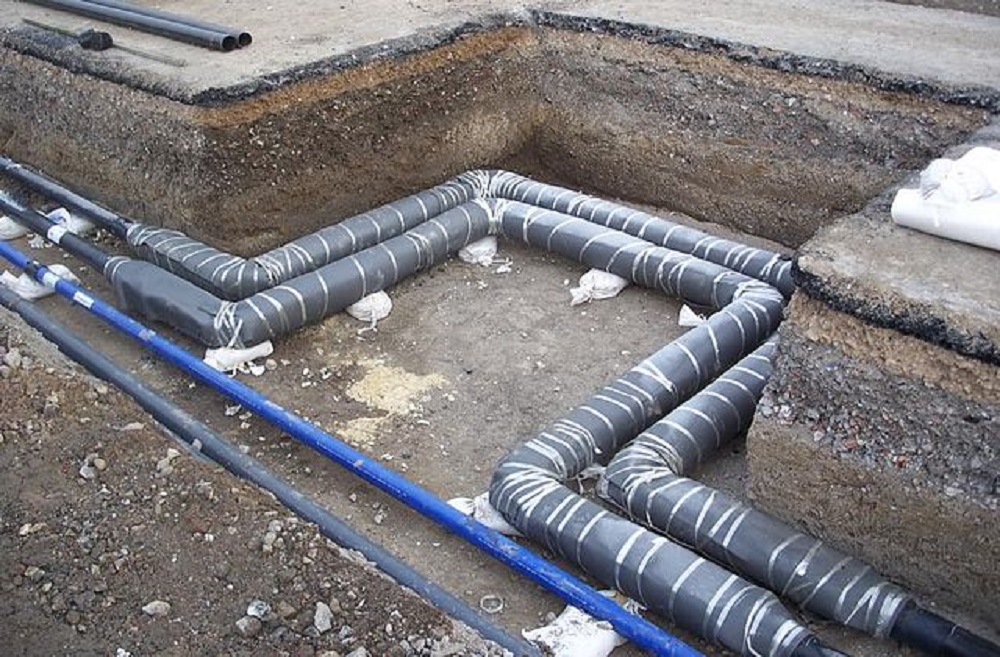Proper Ways to Insulate Plumbing Pipes

One of the biggest problems every homeowner faces is how to prevent their water supply lines and drain pipes from freezing, especially in areas with harsh winters. That’s why plumbers try not to run such pipes in exterior walls of new homes. However, there are still many old homes with plumbing in exterior walls, which poses a great risk when it comes to freezing.
Luckily, there are some steps that can be taken to prevent a great damage. Ideally, such pipes could be moved and the problem would be solved. If, on the other hand, moving is not an option, insulation seems to be the answer. Sometimes, homeowners also decide to soundproof interior wall plumbing, particularly if they are irritated by the sound of flushing from an upstairs bathroom. So, let’s look at the insulation options available to homeowners today.

Traditional foam insulation
Depending on the size of the pipe, there are suitable flexible foam tubes slit along one side, so that they could be slipped over pipes. This material insulates pipes and prevents moisture caused by condensation from getting in contact with other insulation products. Some people even decide to add extra insulation over the pipes with flexible foam tubes.
Fiberglass
Most people who have drywalls probably have fiberglass batts fitted around the pipes to prevent them from freezing. The main advantage of this material is that it is easy to cut and fit, which means there is very little waste. Still, you need to have either plastic or polyethylene film installed to provide vapour barrier. That is quite a delicate task and you’d probably be better off hiring an expert to do that job for you.
Spray foam
Another type of insulation that requires professional help is spray foam since its installation requires the use of a high-pressure container. The product leaves the container in a liquid form and expands to fill the available space. As it does so, it takes the shape of the space available, thus proving great thermal insulation. However, it has to be admitted that this is one of the more expensive options, although the quality of insulation is excellent.
Blown-in fibre
This is used when homeowners can have the wallboard removed for some reason. The quality of protection is not on par with some other methods, but it’s still an improvement in comparison to having no insulation whatsoever. Also, in order to blow in the fibres, you would need to drill holes at the top of every stud space first and then patch the holes once you’re finished.

Relining
Although primarily used to fix cracks without digging out trenches around the house, relining is also a way to provide additional insulation to your existing pipes. Once a liner with an epoxy resin is inserted into the drain, it is inflated with a bladder and takes on the shape of the pipe. Not only does it fix cracks and holes that may exist, but it also creates an additional layer, which provides protection from freezing. Since this is a very delicate process, you need to hire professional help, such as these Sydney’s pipe relining experts.
Since insulating your water supply pipes is a complex job, it’s highly recommended that you hire an expert for that job. Professionals can also recommend the best type of insulation for your pipes and give you a pretty precise estimate when it comes to the duration of works and the cost.
Although you may find the asking fee a bit steep, you really need to consider the risk of having your pipes frozen as they can burst and cause considerable damage. Chances are you’ll realize that prevention is much cheaper and less stressful than dealing with potential consequences of not taking any action regarding insulation.
-
-
-
-
/ 0 Comments